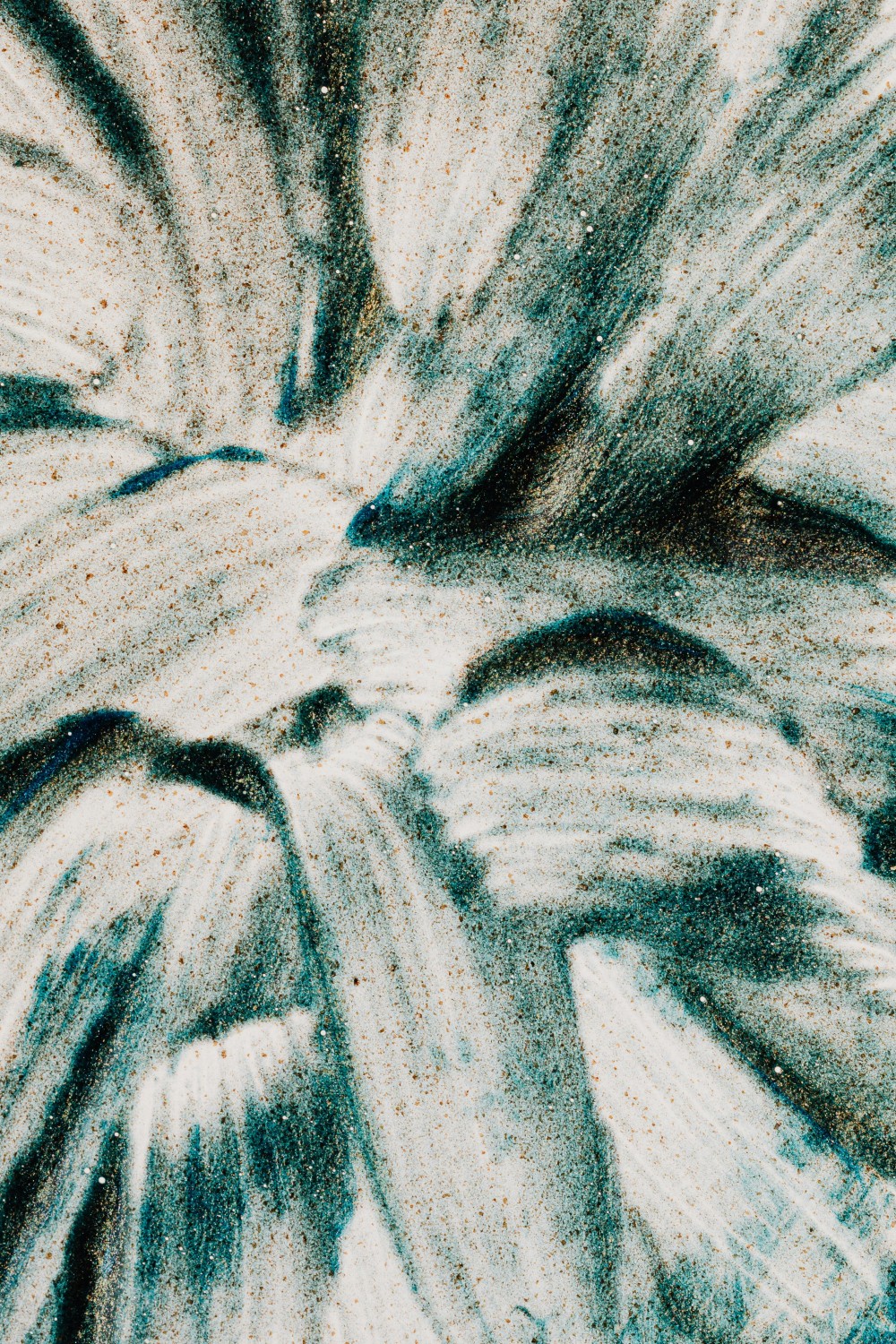
The Dangers of Acrylic Dust & Fumes
What are acrylic dust & fumes?
There are many industries that create acrylic dust and fumes, though the most common include the laser cutting and engraving industry as well as the beauty industry, such as nail salons.
In this guide, we’ll explore how acrylic dust is made, as well as the risks of inhaling acrylic dust and fumes.
Are acrylic dust and fumes harmful when laser cutting and engraving?
Acrylic transitions from a solid to a gaseous state when it has reached boiling point. Powerful laser beams are used for engraving and cutting by rapidly raising the acrylics temperature. Laser machines work by heating the acrylic, causing the surface to evaporate and leave a hole or deep mark – known as engraving. Laser machines can also be used to cut acrylic by probing the sheet with the correct power and speed, which results in quickly cutting the acrylic into the desired shape.
This can cause acrylic vapour, fumes and dust which can give off an unpleasant odour as well as cause irritation. This can result in some discomfort for those within close proximity, which is why it is advised to use the appropriate fume extraction system.
Are acrylic dust & fumes harmful in nail salons?
There are two types of acrylics that are used in nail salons, these include:
- Ethyl Methacrylate (EMA) – this is found in artificial nail liquid and is the most commonly used as it is less harmful than MMA.
- Methyl Methacrylate (MMA) – products containing MMA are not recommended for nail services.
Acrylic nails are a combination of liquid and powder molecules that are bonded together to form a polymer – a plastic acrylic.
Nail products containing acrylic liquids can be harmful to an individual. When used in nail salons, this can lead to significant health and respiratory problems particularly due to prolonged exposure. When the fumes from EMA are produced and released into the air, a harmful gas is slowly emitted that can potentially cause dangerous effects to those exposed to them, such as customers and nail technicians. As well as the fumes that are released, when filing acrylic, dust is formed that can also be harmful when inhaled.
Are acrylic and dust fumes harmful?
Acrylic dust and fumes can cause the following:
- Skin sensitivity and irritation
- Dermatitis
- Allergic reactions
- Headaches
- Nausea
- Dizziness
- Prolonged exposure may cause or provoke asthma
- Wheezing
- Tightness of chest
- Irritation to nose, eyes and mouth
How can a soldering fume extractor help?
As acrylic fumes and dust can be detrimental to employee and customer health, a chemical risk assessment is recommended, and employees should observe any warning labels, wear the correct PPE and practice the use of handling acrylic safely.
Correct ventilation is crucial. When natural ventilation isn’t sufficient enough, airborne chemicals can accumulate in the air which can be harmful when inhaled in significant quantities. To ensure chemical vapour, fumes and dust from acrylic is controlled, a fume extraction system such as the 800i 3-Tier, can help to capture these particles and minimise exposure.
The 800i 3-Tier, is designed to remove the harmful odours and fumes, making the environment more comfortable and healthier. The dedicated control, monitoring and display system unique to Purex allows for automatic electronic flow control which maintains a constant extraction rate even if the filter blocks. Users of this fume extraction system can benefit from the simple installation, low running costs and ease of relocation when required.
Fume extractors for soldering fumes
At Purex, our excellent level of service and support – including our 24-hour technical support service, start-to-end projects and response times are unparalleled. Get in touch with our expert team today to find out more about our fume extractors for a variety of industries, or learn more about how Purex can help with your fume extraction needs.
Latest insights
-

Purex International Ltd Bids Farewell To Its Former Headquarters
Today marks the end of an era for Purex International Ltd. After years of innovation, collaboration, and growth within these walls, we say goodbye to... Read more -

The Role of Spark Arrestors in Fume Extraction Systems
When working with fume extraction systems, safety isn’t just about filtering out harmful fumes; it’s also about fire prevention. One key f... Read more -

How Regular LEV Servicing Prevents Health Hazards
You might not think it, but regular LEV maintenance is a very important aspect in safeguarding for the health and safety of workers in environments wh... Read more
How Purex can help
We provide an excellent level of service and support, including our 24-hour technical support service and start-to-end projects. Get in touch with our expert team today to find out more.